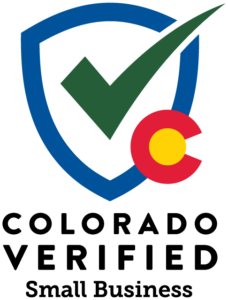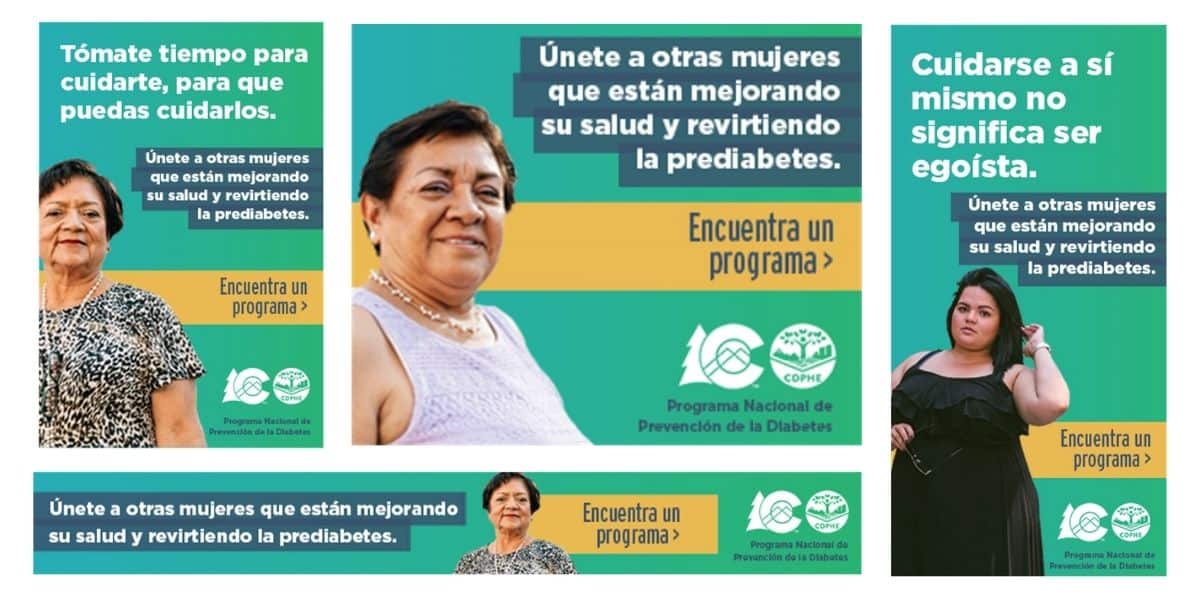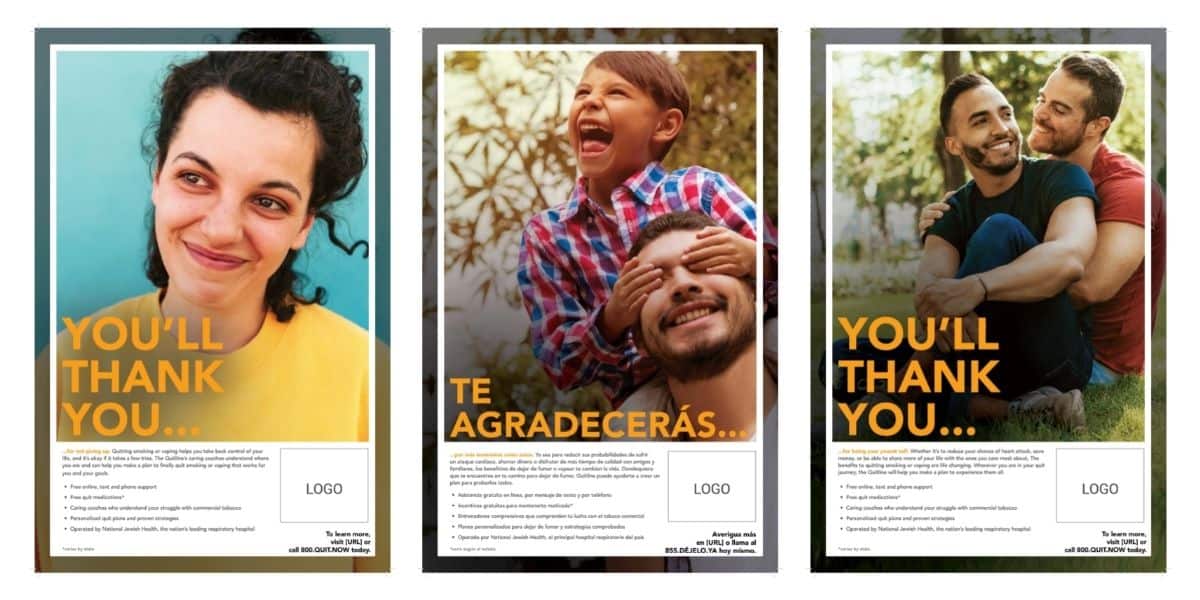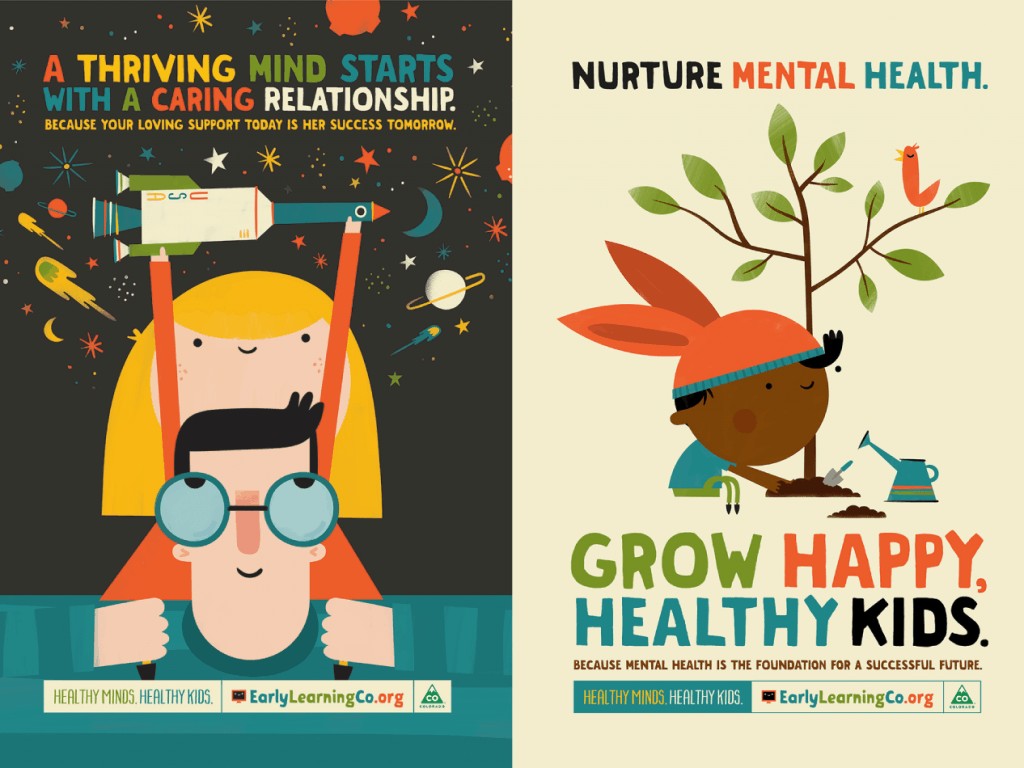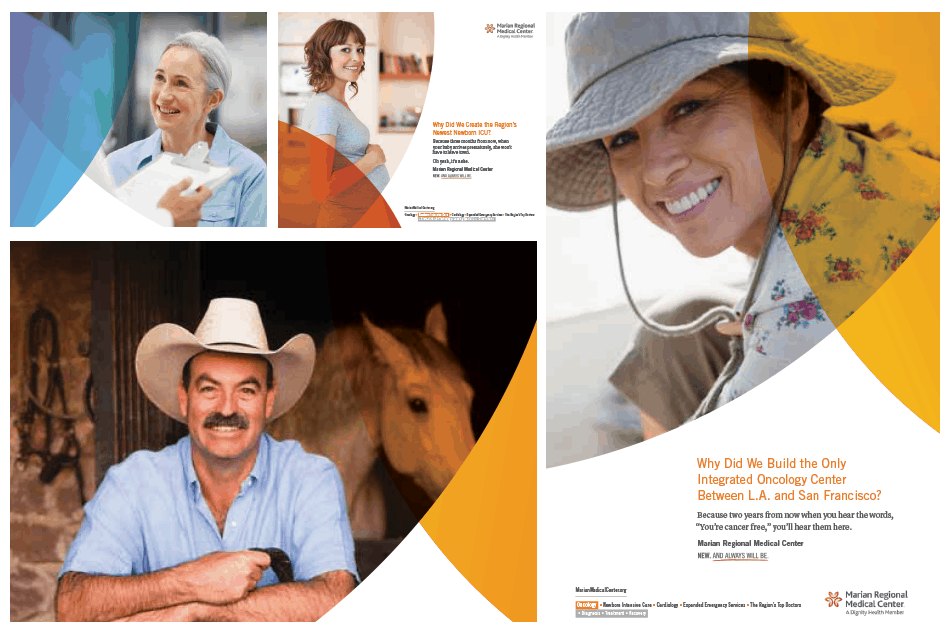By Raya Patel
In 2020, as concerns about the COVID-19 pandemic rippled worldwide, youth audiences turned to the digital campfire platform TikTok. Small communities with like-minded individuals cropped up around distinct subcultures (such as #cottagecore, #darkacademia, and #witchtok) and provided young people with an avenue for interaction even when they had to social distance and quarantine.
What are digital campfires? According to Sara Wilson’s article in the Harvard Business Review, they’re “closed, and often more private and interactive online spaces.” In other words, it’s a social media micro-community that offers a space of safety and belonging to the youth community, typically those between 12 and 24. Platforms such as TikTok, Roblox and Snapchat offer less interference from “authorities” and allow for a more private online experience where youth can bond over mutual interests.
It might seem like these examples fall under the definition of a mainstream site, but the key difference is who uses them and where they congregate. TikTok has over 1 billion monthly users, for example, but about 47% are under 30. And unlike Facebook, which acts more like a broadcasting medium for individuals, digital campfires cater to niche audiences and give youth a private space to use their voices and experiment with their identities.
It’s clear that the usefulness of digital campfires extends far beyond shared experiences and entertainment. But what state and local governments might not realize, however, is that these platforms offer an extraordinary avenue to reach and mobilize young constituents.
Using Digital Campfires to Spur Youth Engagement
If the past year has taught the government anything, it’s that current and future officials need young people on their side — and not just to win elections. Think about the COVID-19 vaccine rollout. There’s currently vaccine hesitancy among young populations because they feel invincible, are worried about side effects, or got spooked by confusing and contradictory online information. It’s clear the government hasn’t done enough to engage young audiences.
Traditionally, government communication has operated under a one-way or broadcast model. But research shows that when public servants have a conversation with young audiences, rather than talk at them, messages stick better. So, after failing to meet its July Fourth vaccination goal, the federal government changed tactics. Recently, Dr. Anthony Fauci appeared on TikTok with multiple influencers to promote vaccination among young populations.
That said, government officials need to proceed with caution. Young audiences want to feel as if their elected leaders understand their perspectives, but the last thing they want is to be “marketed to.” The lack of authorities on digital campfire platforms helps young audiences feel safe enough to be authentic. If officials invade their spaces, they might not listen (at best) or may abandon their digital campfires (at worst). Many youth perceive the government as overarching, which is why officials should tap young people to do outreach on their behalf. After all, youth want to hear from other youth.
Putting Youth in the Driver’s Seat
By all accounts, Dr. Fauci was able to reach millions of people on TikTok, but the White House made an even smarter move when it began building a community corps of young people to build vaccine confidence among their peers. Seeing an official talk about COVID-19 vaccines might not influence a hesitant teen, but being able to ask friends or community members about their experiences getting inoculated could personally encourage them to follow suit.
State or local agencies that want to promote their government initiatives need to put younger officials to good use. When it comes to government, many young people are more apt to listen to individuals who fall into their age groups and understand where they’re coming from.
U.S. Rep. Alexandria Ocasio-Cortez is a perfect example of this. She’s been able to connect with young voters because she’s willing to get on their level. In November 2020, for example, she live-streamed herself playing “Among Us” on Twitch to an audience of 400,000 viewers. Ocasio-Cortez is a federal official, but that doesn’t mean state and local representatives can’t do something similar on a smaller scale with digital campfires to achieve their own goals. And who knows: Getting on the same campfire can appeal to their own inner youth, providing a win-win for both parties.
A Final Note
The youth audience is not a monolith, and treating them as such will put government officials in hot water. So before exploring the inner aspects of digital campfires, officials need to understand who they’re trying to reach and the specific messaging that will resonate with them. A target audience between 12 and 16 years of age is very different from an audience within the 18- to 24-year-old range. Adjust messaging accordingly.
No one knows how successful these vaccine campaigns will be, but one lesson is clear: The government needs to meet teens in the online spaces they spend most of their time. More young Americans are politically engaged than ever, and state and local governments can capitalize on this trend by using digital campfires to create safe spaces online.
Raya Patel is a youth advisor at Denver-based SE2, a collective of creatives, challengers, and change-makers on a mission to make an impact at the heart of today’s most important issues.

